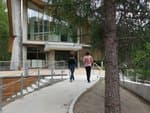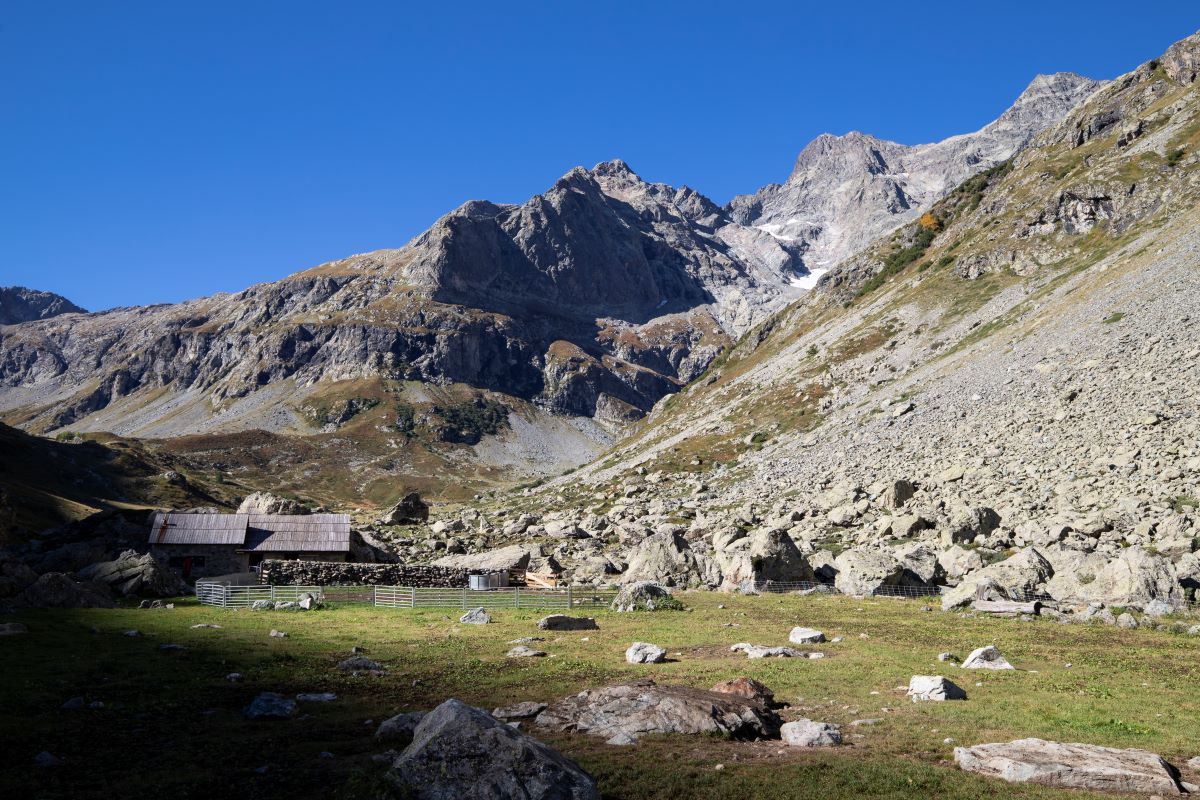
La cabane de Jas Lacroix
"In the spring, before the flocks arrive in the valley, it is not rare to see a chamois in front of the hut in the early hours. They come to lick the stones on which the shepherd has put salt for the sheep during the summer."
Blandine Delanette, Warden for the Vallouise area.
Description
Take the footpath to left at the end of the carpark.
- At the first crossing, take the footpath on the left (GR54) towards "Col de l'Aup Martin" cross the bridge over the Onde stream. Follow the cairns in the riverbed of the Onde to join the footpath that follows the Selle stream. This will take you to the pastoral hut next to a shelter for walkers of the GR54 trail (Tour of l'Oisans and Les Ecrins).
- The return trip will be by the same path. It is also possible to continue towards l’Aup Martin pass, which is the highest point of the GR54 trail at 2761 m in altitude.
- Departure : Entre les Aygues, Vallouise
- Towns crossed : Vallouise-Pelvoux
Altimetric profile
Recommandations
The road leading to the car park is closed in winter and opens earlier or later in in the spring depending on avalanche activity. Please do not disturb the work of the shepherd and respect her privacy at the pastoral hut.
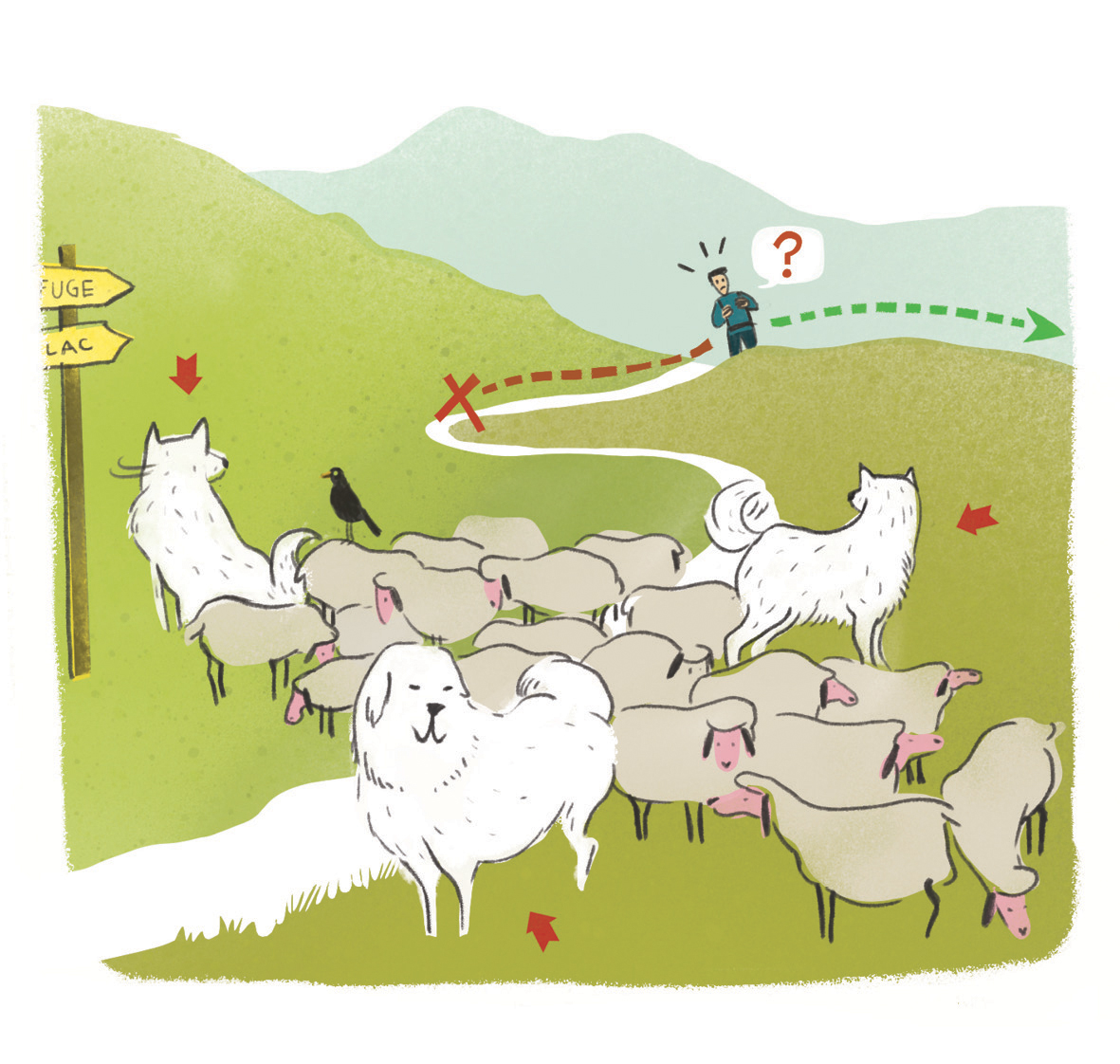 In mountain pastures, protection dogs are there to protect the herds from predators (wolves, etc.).
In mountain pastures, protection dogs are there to protect the herds from predators (wolves, etc.).
When I hike I adapt my behavior by going around the herd and pausing for the dog to identify me.
Find out more about the actions to adopt with the article "Protection dogs: a context and actions to adopt".
Tell us about your meeting by answering this survey.
Information desks
Vallouise Park house
, 05290 Vallouise
Information, documentation, models, exhibitions, screenings, product sales and works of the Park. Guided tours for school, reservation required. The new Park House opened in Vallouise since June 1, and offers visitors an interactive permanent exhibition inviting to explore the area and its heritage. A temporary exhibition space will allow a renewed offer. Finally, the device is completed by an audiovisual room to organize screenings and conferences Free admission. All animations of the Park are free unless otherwise stated.
Transport
Shuttle service from Vallouise to Entre les Aygues: Reservation necessary 36 hours in advance (04 92 50 25 05)
Access and parking
In Vallouise, take the small road to the right of the church towards Puy Aillaud. When you reach Villard de Vallouise, carry straight on, on the road that goes through the hamlet and continues into the Onde valley.
Parking :
Sensitive areas
Golden eagle
- Impacted practices:
- Aerial, , Vertical
- Sensitivity periods:
- JanFebMarAprMayJunJulAug
- Contact:
- Parc National des Écrins
Julien Charron
julien.charron@ecrins-parcnational.fr
3 points of interest
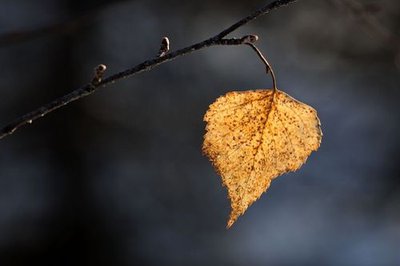
Feuille de bouleau - Mireille Coulon - PNE  Flora
FloraSilver birch
On the edge of the Onde, once you have crossed the footbridge, the stone footpath weaves its way between the birch trees. This tree is easy to recognize amongst all the others due to it thin white bark. Due to the tar that it contains, birch bark stays intact even after the wood has rotted inside. It was used as parchment and as tannin in boreal regions. In this area, the birch's young twigs were mostly used to make brooms.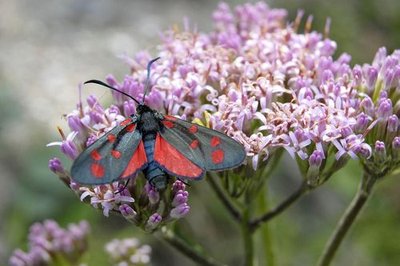
Zygène transalpine - Mireille Coulon - PNE  Fauna
FaunaSoutherly burnet
These small moths that come out during the day, are part of thirty species of burnet in France. Their long wings are black or sometimes bluish and have red spots. Such bright colours are a warning of toxicity to their predators. Burnets are capable of extracting chemical components similar to cyanide from plants. They then secrete this poison through their mouth and joints when faced with danger
Aulne vert - Bernard Nicollet - PNE  Flora
FloraGreen alder
This bushy shrub grows in entangled thickets, which are a refuge to birds and chamois that are in search of coolness and quiet. It is a pioneer and not afraid of settling in poor, steep terrains. Its strong roots mean it can latch on where everything else slides. Its flexibility means avalanches slide over it as it bends under the weight of the snow. The male catkins dangle when they are mature showing the pale yellow of their flowers. The female flowers will bear characteristic fruit like small pinecones that are first green, and then brown that persist all year round.
Source

Report a problem or an error
If you have found an error on this page or if you have noticed any problems during your hike, please report them to us here:


